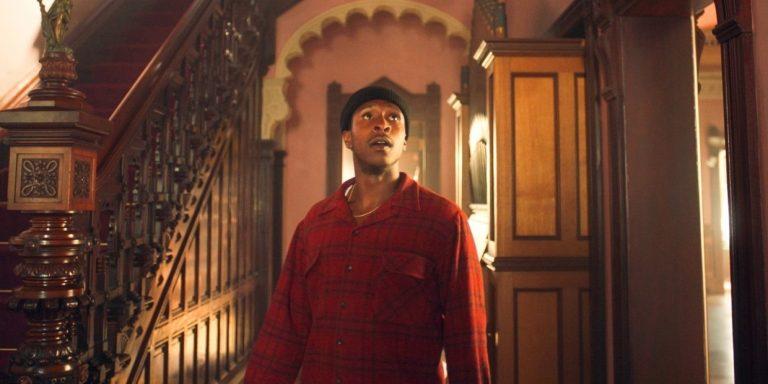
The Last Black Man in San Francisco invites the viewer to contemplate the painful beauty of change through its cinematography. The camera insistently pushes its lens through the windows and door frames of an old Victorian house as Jimmy, who once lived in the house with his family, peers through the glass and paints the gables while its current owners are away. The camera frames Jimmy with static shots and severe, slow zooms when he’s attending to the neglected house, but it also floats behind him as he skateboards the streets of San Francisco—his only reliable form of transportation. The camera’s swoop as Jimmy speeds downhill is transcendent, an expression of Jimmy’s joy and love for a city that has pushed him and his family to its edges in favor of younger, richer, whiter residents. The film chronicles gentrification not as an instantaneous event, but as a kind of purgatory, pushing the city’s residents further and further outside its edges. Only people like Jimmy remain among the new interlopers, clinging to the house that his family was unable to keep in a neighborhood he can no longer afford in a city that has passed him by. But Jimmy’s stubbornness is not tainted by bitterness: he defends his city against transplants who only know the city enough to be able to complain about its inconveniences. “You can’t hate it unless you love it,” he says. You can only weather the changes. If the foundation of the house is strong, you’ll make it through.
– Sarah Welch-Larson
- Directed by: Joe Talbot
- Produced by:
- Written by: Joe Talbot Jimmie Falls Robert Richert
- Music by: Emile Mosseri
- Cinematography by: Adam Newport-Berra
- Editing by: David Marks
- Release Date: 2019
- Running Time: 121
- Language: English
Arts & Faith Lists:
2019 Top 10 — #9